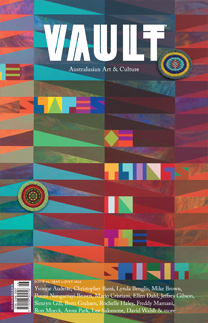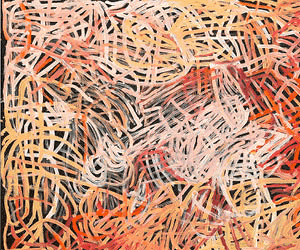Fiona Pardington:
Beautiful Orphans
One of Aotearoa New Zealand’s most respected artists, Dr Fiona Pardington is of Maori (Ng?i Tahu, Kati Mamoe and Ng?ti Kahungunu) and Scottish (Clan Cameron of Erracht) descent. Pardington’s photographic practice has long examined the tension between what is seen and unseen: ideas she explores through objects found in museum collections, long removed from their contexts of place and time. Her interest lies in bringing to contemporary audiences an understanding and awareness of forgotten relics, effecting a kind of visual bridge between the past and present in reframing them through photography.
For her new body of work TIKI: Orphans of
Maoriland – shown recently at Starkwhite Gallery in Auckland in 2019 – Fiona Pardington was given access to a group of unusual and mysterious objects from the London Wellcome Collection. ‘Tiki’ (full name hei-tiki) are traditional Maori small carved human figures, usually made from semi-precious greenstone found on Aotearoa New Zealand’s
South Island, and traditionally worn around the neck. However, these particular fake or faux hei-tiki in the Wellcome Collection had been acquired via London auction houses between 1880 and 1910; they were part
of what art historian Roger Blackley has called the ‘curio-economy’ of that period, produced for the flourishing local and international market.
Dr Andrew Paul Wood argues that, “it is impossible to say whether they were carved by entrepreneurial Maori amateurs, Pakeha enthusiasts (or forgers) or German lapidaries for export back to Aotearoa
New Zealand for tourist souvenirs – perhaps all of the above.” In fact, it was Wood himself who alerted Pardington to the existence of these hybrid and strange objects, knowing that she would feel
an affinity to their liminality, and their personality. “She reappropriates and breathes life into them with
her camera and reparative vision,” Wood says, “giving them a dignity as the orphans of a complex history
of interaction, exchange and exploitation.” .. Subscribe to read this article in full
























